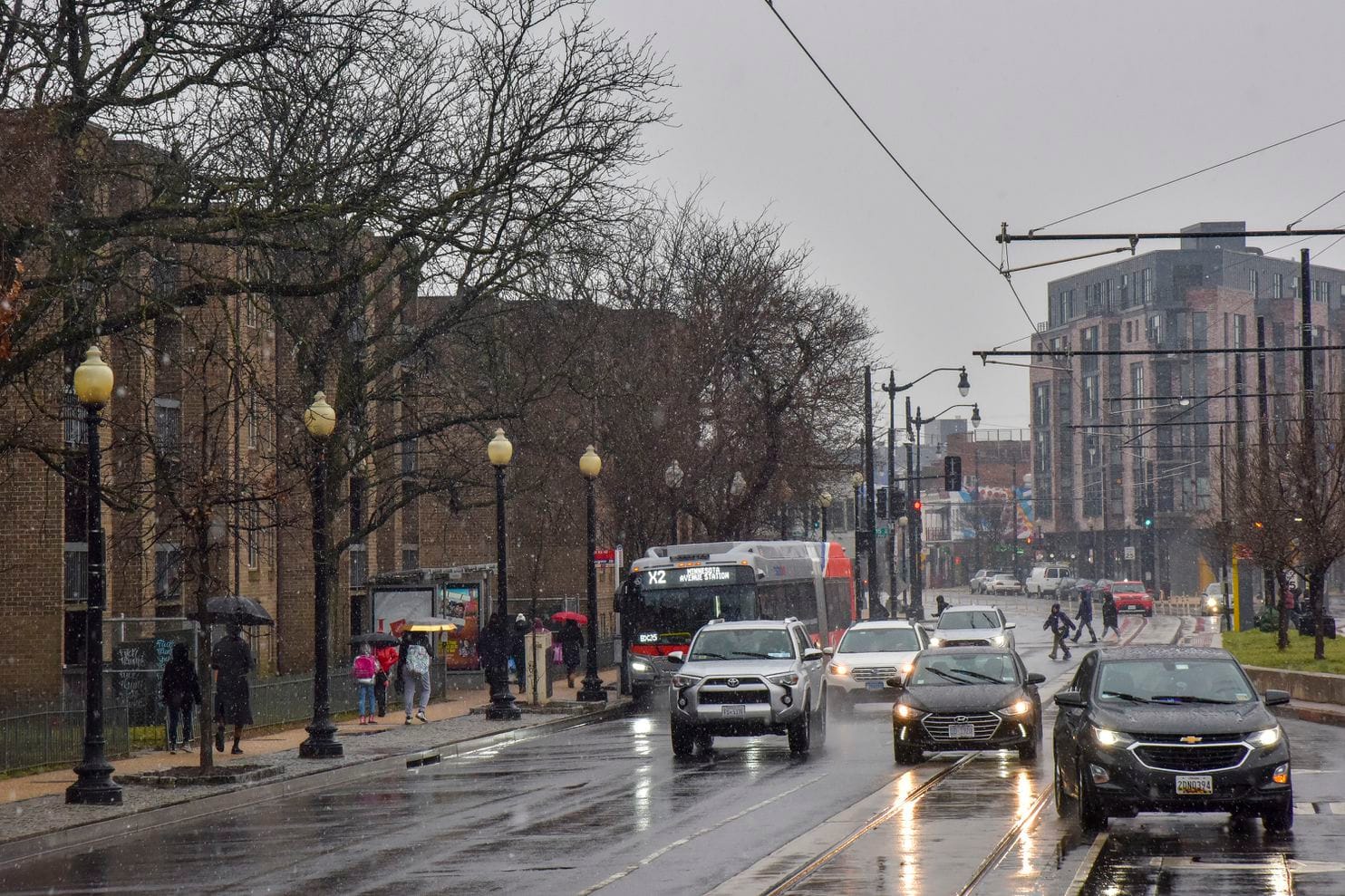Unless you’re living in a household raking in nearly $133,000 a year, it’s probably hard to feel comfortable with the cost of living in the District, according to a report released this week.
The analysis, by financial advice firm SmartAsset, compared the median household income to median rent in the nation’s 25 largest cities in search of those that allow residents to live in this sweet spot: Paying 28 percent or less of their annual income to rent.
In the District — the third most expensive city in the country, according to the analysis, behind New York and San Francisco — that means earning $132,857, and paying $3,100 a month in rent for a two-bedroom apartment.
But most households in the District don’t earn anywhere close to that amount.
The city’s median household income, according to the study, hovers around $82,000 — more than $50,000 less than the amount that would make living in the District “comfortable.”

“It’s a good idea now and then to think about, ‘Where is my money going? Is it going where I want it to go? Is living in D.C. the most important thing for me? Am I okay putting more toward rent to make sure I can stay in this area?’ ” said AJ Smith, SmartAsset’s vice president of financial education.
Housing is considered affordable if a resident is able to pay no more than 30 percent of his or her income toward housing costs, according to the U.S. Department of Housing and Urban Development.
With that ratio in mind, analysts at SmartAsset lowered the threshold by two percentage points to allow for comfort, wiggle room renters could use to save for things like retirement or buying their own home.
People who are paying more than 30 percent of their income on housing are considered “cost-burdened” by the federal government. Those spending more than 50 percent of their income on housing are considered “severely cost-burdened.”
In 20 of the 25 cities reviewed by SmartAsset, median incomes were not high enough for the average citizen to avoid being cost-burdened by the rent prices in their cities.
Of the 10 largest cities in the country, eight boast rents so high that residents need a six-figure household income to be within the “comfortable” range.
San Francisco, the city with the highest cost of living in the nation, also clocked the highest median household income: $110,816. But that still puts the average resident more than $80,000 behind what they would need to earn to “comfortably” afford a two-bedroom home.
“I think seeing these numbers forces people to have an uncomfortable conversation with themselves about what am I willing to give up to live here? What is important to me?” Smith said. “People make adjustments accordingly — you can think about renting a one-bedroom or a studio, or having roommates. There are steps people can take to decrease the costs a little bit, but it all goes back to what you’re comfortable with.”
The SmartAsset analysis pulled housing data from real estate company Zillow, rather than relying on federal data.
Housing advocates have blamed the District’s rising rents and a flush of high-priced developments for widespread gentrification and displacement throughout the city.

According to a study conducted earlier this year by the Institute on Metropolitan Opportunity, low-income residents are being pushed out of neighborhoods at some of the highest rates in the country.
The five cities where the median income outstripped rental prices were Phoenix; Columbus, Ohio; Indianapolis; El Paso; and Memphis, where the median rent for a two-bedroom apartment is $814.
So, should low-earning Washingtonians head for Memphis?
“I’ll meet you there,” Smith said.
Source: washingtonpost





